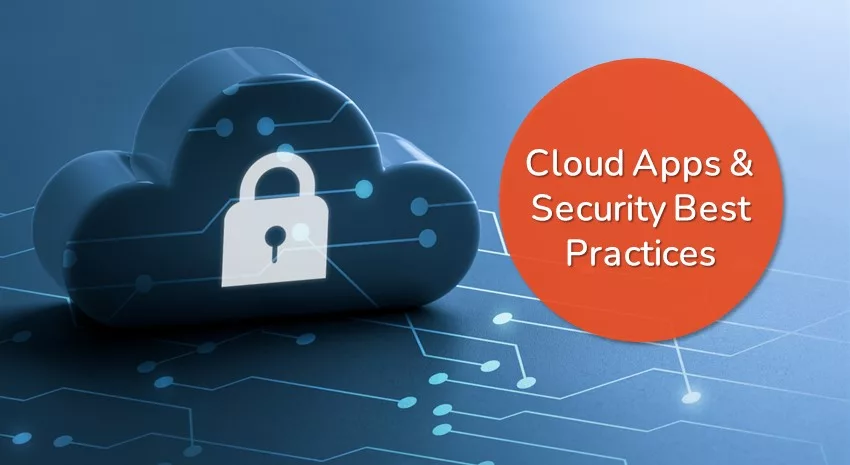Protecting Your Cloud Applications from Unauthorized Access

Most businesses are running at least one of their critical applications in the cloud, such as their ERP, CRM, or Payroll. This takes advantage of many of the efficiencies of cloud apps: lower maintenance costs, automatic updates, and anytime/anywhere access.
While the large application hosting providers offer robust security features, it is still important for companies to take steps to maintain privacy, secure sensitive data (including intellectual property and customer data), and prevent unauthorized access.
Here are some best practices for securing your cloud applications:
- Use strong authentication. To enhance security and prevent unauthorized access, it is recommended to implement strong authentication mechanisms like multi-factor authentication (MFA). MFA adds an extra layer of protection by requiring users to provide additional verification factors, such as a code sent to their mobile device or email address.
- Employ data encryption. Use secure communication protocols (e.g., SSL/TLS) to protect data being transferred between users and the cloud application. In addition, use encryption to safeguard sensitive data stored in databases or file storage systems.
- Stay current on software updates and patches. Software updates include security patches for known vulnerabilities. Staying current on your updates goes a long way to preventing hackers from exploiting weaknesses that have already been addressed by the manufacturer. Also, make sure you maintain other components of your cloud application environment, including operating systems, web server, and databases.
- Implement strong access controls (Zero Trust). Most applications allow administrators to grant or deny read/write/delete access to specific user types or roles. By exercising control over user permissions and implementing a Zero Trust model, administrators can restrict user access to sensitive data and functionality. Follow the principle of least privilege, granting users only the privileges necessary for their specific roles.
- Implement regular logging and monitoring. Most applications and operating systems come with logging features. Enable logging to record and monitor activities within your cloud application. Set up intrusion detection systems to identify and mitigate potential threats. Regularly review logs to identify any suspicious activities.
- Test your security regularly. Perform periodic security assessments, including penetration testing and vulnerability scanning, to identify and address potential weaknesses in your cloud application. This helps you stay ahead of new threats and ensures ongoing security.
- Implement data backup and disaster recovery plans. Regularly back up your data and develop a comprehensive disaster recovery plan to mitigate the impact of potential data breaches, system failures, ransomware attacks, or other incidents. Be sure to test your backup and recovery processes regularly to ensure you can retrieve all your data from your backups.
- Maintain compliance with industry regulations. Certain industries and governments have rules and regulations governing the security of cloud-based applications and data. It is important to maintain compliance with these regulations in order to avoid significant fines and loss of confidence from your customers.
- Educate your staff. Provide security awareness training to your employees to help them understand common security risks and best practices. Ensure they know how to respond to various attacks and the proper escalation procedure once a security incident has been identified.
- Regularly review and update security policies. Maintain up-to-date security policies and procedures that align with industry best practices. Regularly review and update these policies to address evolving security threats and changes in your cloud environment.
Remember that security is an ongoing process, and it’s crucial to stay updated with the latest security practices, follow vendor recommendations, and monitor security advisories to keep your cloud applications secure. By staying proactive and up-to-date, you can effectively safeguard your cloud applications from potential threats.
Learn more. Join the Microsoft Security, Compliance, and Identity community for blogs, webinars, and training and contact ArcherPoint for help with your BC SaaS IT needs.

